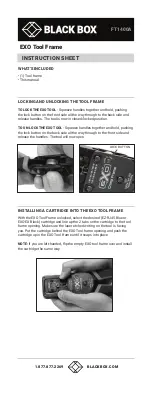
Þ
7 = Digit “C”
Þ
8 = Digit “D”
0 to 9
= 0 to 9
Note:
Þ
3 to
Þ
9 = 3 to 9 for Program
#
512 to 514.
Þ
9 is Invalid digit combination for Program
#
515 to 517.
The
#
key is used to terminate the entry sequence. If the maximum
number of digits are entered (14 digits for #512 to 514, 32 digits for # 515
to 517) and then the
#
key is pressed, the unit checks for validity of these
digits and then stores them if valid. But the
#
key is processed as the first
digit of the next program number - which will make the unit exit the
programming mode. Hence, the
#
key must be used only if the total
number of digits entered is less than the maximum allowed.
Program # 512:
Transfer String
The ATT 2000 has a facility to program TWO different Transfer strings
Primary and Alternate string. Hence, while programming you need to select
Primary String (0) or Alternate String (1). However, it is not necessary to
program the Alternate string and may be left blank if not being used.
For example, if a PBX requires that to transfer a call you need to Hook Flash,
pause, dial
Þ
1 and then the extension, the Primary string to be
programmed here would be 512 0
Þ
0
Þ
1
Þ
Þ
1. The extension must
not be programmed as a part of the string here. To program the Alternate
string, the entry would be 512 1 ……
Length of entry = maximum of 14 digits, including the
#
key (for each
string)
Default value : None (The unit will Hook Flash by default to transfer a call)
The
#
at the end is not prompted as it is an indicator of the end of the
string.
Program # 612:
To listen to the currently programmed value for the Call Transfer strings,
enter 612. The unit prompts the Primary string first, gives two short beeps
and then prompts the Alternate string.
You will hear for the above example -
“Six One Two (0.6 sec silence) Star Zero Star One Star Star One”
If the alternate string is also programmed, the unit prompts the primary
string, gives two short beeps and then prompts the alternate string.
46
Summary of Contents for ATT 2000
Page 1: ......











































